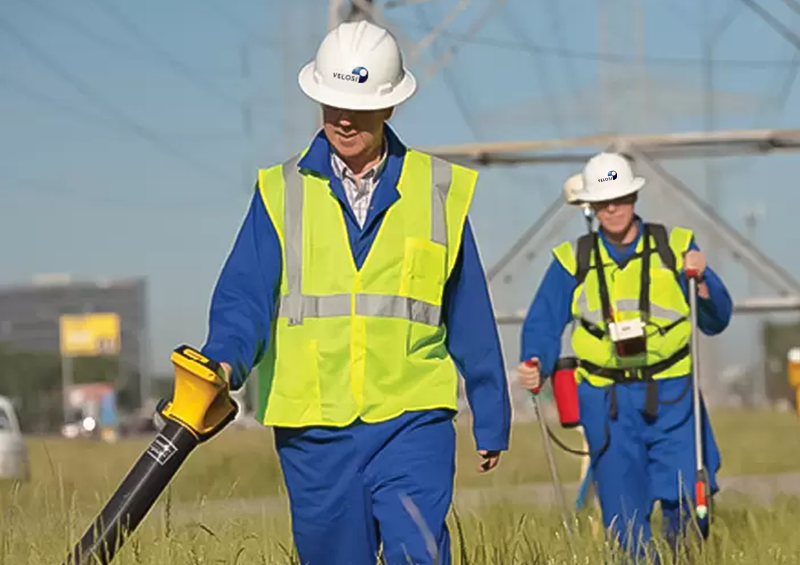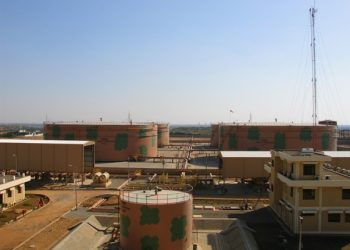Direct Current Voltage Gradient - DCVG Survey
DCVG surveys play a critical role in safeguarding buried pipelines and preventing costly failures. As pipelines age coatings deteriorate and if corrosion control is not being provided, the rate of corrosion can be excessively rapid in some soils, salt water or where it is exposed. For buried pipelines, coatings alone are inadequate and corrosion defects will likely occur. DCVG survey technique is being performed to detect coating defects, calculate the level of severity and measure the effectiveness of the cathodic protection in place without damaging the pipeline.
When a DC signal is applied to a pipeline, current flow through the soil towards the coating defect generates a Voltage Gradient. By observing the direction of these gradients, the location of coating faults may be identified. Once the defect is located, one can determine its importance by measuring the potential loss from the defect epicenter to remote earth. The PD is expressed as a fraction of the total potential shift to the pipeline.
Read More
Essential Features of Implementing A DCVG (Direct Current Voltage Gradient) Survey











